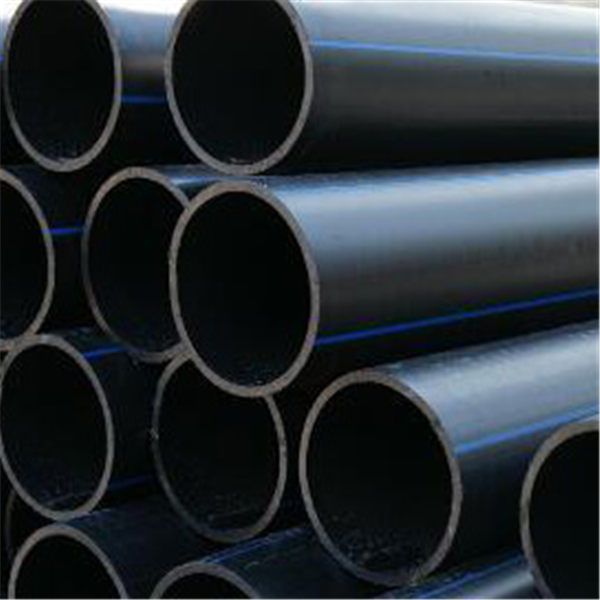Nov . 27, 2024 16:46 Back to list
HDPE Sprinkler Pipe Fitting Options for Efficient Irrigation Systems
Understanding HDPE Sprinkler Pipe Fittings A Comprehensive Overview
High-Density Polyethylene (HDPE) is a type of thermoplastic known for its high tensile strength and durability, making it an ideal choice for various applications, particularly in the agricultural and irrigation sectors. Among the crucial components facilitating efficient water distribution in irrigation systems are HDPE sprinkler pipe fittings. These fittings play a significant role in ensuring that water is delivered effectively, enhancing crop yield and optimizing water usage in farming operations.
The Significance of HDPE in Irrigation
Irrigation systems are vital for modern agriculture, especially in areas prone to drought or where water resources are limited. HDPE has become a preferred material for sprinkler systems due to its resistance to corrosion, low friction loss, and high impact strength. The lightweight nature of HDPE also makes it easier to handle and install compared to traditional materials like metal or PVC.
HDPE materials have excellent chemical resistance, allowing them to be used with various fertilizers and chemicals commonly employed in farming. Moreover, the ability to withstand a wide temperature range adds versatility to HDPE pipes in various climates.
Key Features of HDPE Sprinkler Pipe Fittings
1. Durability HDPE fittings are designed to withstand high pressure and fluctuating temperatures, ensuring long-term reliability in various environmental conditions.
2. Corrosion Resistance Unlike metal fittings, HDPE does not rust or corrode, which is particularly beneficial in agricultural settings where moisture is prevalent.
3. Lightweight and Easy to Install The lightweight nature of HDPE fittings reduces transportation costs and simplifies installation, allowing for faster deployment of irrigation systems.
4. Flexibility HDPE fittings can be easily molded into different shapes and sizes, making them adaptable for various irrigation system designs and layouts.
5. Cost-Effectiveness Over time, HDPE fittings can prove to be more cost-effective than traditional options due to their long lifespan and reduced maintenance needs.
Common Types of HDPE Sprinkler Pipe Fittings
hdpe sprinkler pipe fittings

Several fittings are commonly used in HDPE sprinkler systems, including
- Elbows Used to change the direction of the piping system, elbows come in various angles, typically 90 or 45 degrees
.- Tees These fittings allow connections to be made in multiple directions, enabling the branching of the sprinkler system.
- Couplings Couplings enable the joining of two pipe sections, facilitating easy extensions or repairs in the system.
- Adapters These fittings are essential for connecting dissimilar materials or allowing the integration of different sizes of pipes.
- Sprinkler Heads Although not a pipe fitting in the traditional sense, selecting the right type of sprinkler head is essential for ensuring effective water distribution.
Installation and Maintenance Considerations
Proper installation of HDPE sprinkler pipe fittings is crucial for optimal performance. It is essential to ensure that all joints are secure and leak-proof. When installing these fittings, it is advisable to follow manufacturer guidelines and industry best practices to prevent future problems.
Maintenance of HDPE fittings is generally minimal. However, periodic inspections for leaks or wear should be conducted to ensure ongoing efficiency. When repairs are needed, due to the durability of HDPE, many problems can be resolved without the need for complete replacement of the fitting.
Conclusion
In summary, HDPE sprinkler pipe fittings are essential components of efficient irrigation systems, offering numerous advantages such as durability, corrosion resistance, and cost-effectiveness. As water resources become increasingly scarce, the role of efficient irrigation becomes more critical in sustainable agriculture. Understanding the importance and functionality of these fittings ensures optimal use of water resources, ultimately benefiting farmers and the environment alike. As technology continues to advance, the future of HDPE sprinkler systems looks promising, paving the way for enhanced agricultural practices.
-
High-Quality PPR Pipes and Fittings Durable ERA PPR & PVC PPR Solutions
NewsJul.08,2025
-
Black HDPE Cutting Board - Durable, Non-Porous & Food Safe HDPE Plastic Cutting Board
NewsJul.08,2025
-
High-Quality CPVC Panel Durable HDPE & PVC Panels Supplier
NewsJul.08,2025
-
Double PE Welding Rod Supplier - High Strength, Durable & Versatile Welding Solutions
NewsJul.07,2025
-
High-Quality PVC-O Pipe Supplier Durable 75mm PVC Pipe & Connections Leading PVC Pipe Company
NewsJul.07,2025
-
HDPE Drainage Pipe Supplier – Durable & Corrosion-Resistant Solutions
NewsJul.06,2025

